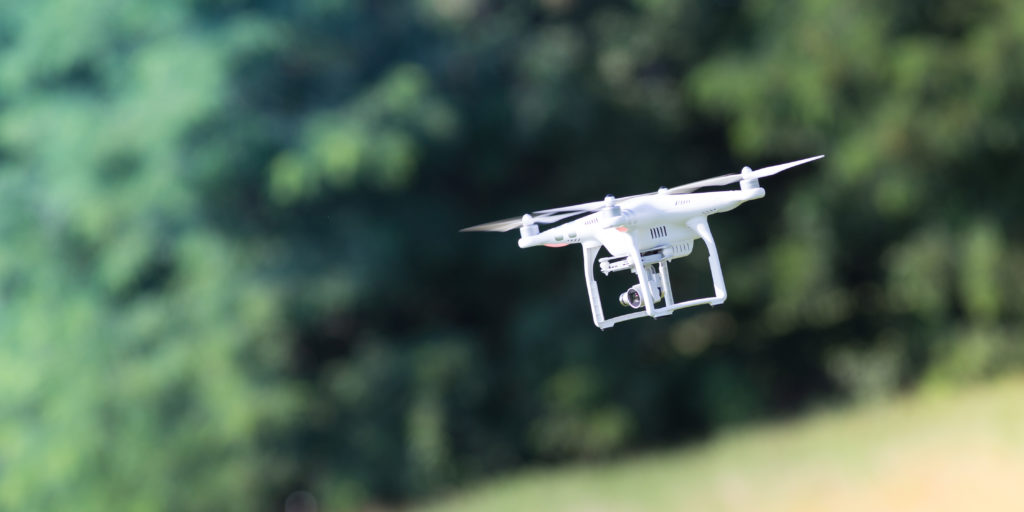Airports Council International (ACI) World has published an Advisory Bulletin to help airports address the risks posed by drone-related disruption to aircraft operations following several incidents at airports in the UK and the USA.
ACI World believes that, while regulators and police will likely be the authority in addressing both enforcement and the preparation of anti-drone measures, all industry stakeholders must work with the relevant agencies to take action to protect the safety of aircraft operations.
The ACI’s latest Advisory Bulletin proposes that airports lead the discussion and work closely with national authorities and local law enforcement agencies to develop a risk-based approach to dealing with the risks of drone incursions. This approach should take into account the impact on aircraft operations and available mitigation measures, including anti-drone actions.
“The recent drone-related disruptions at airports in Europe, and their potential impact on airport safety and operations, have raised significant questions for airport operators around the world on their preparedness to handle situations like this,” said ACI World director general Angela Gittens.
“The highest authority for enforcement activities and initiating anti-drone measures will clearly be the relevant national authority, such as the Civil Aviation Authority in the case of the UK, and local law enforcement agencies.
“It is incumbent on all industry stakeholders, however, to take action to protect the safety of aircraft operations in coordination with these agencies. Airport operators should be aware of national laws and regulations pertaining to drones, with an understanding that these may reside outside of civil aviation,” she continued.
The Advisory Bulletin lays out actions that an airport could take to lead the discussion with governments, regulators and law enforcement agencies to strengthen anti-drone measures and mitigations. They include:
• Coordinating with national authorities on the creation of bylaws governing the operation of drones in the vicinity of the airport;
• Identifying geographic boundaries of No Drone Zones (no-fly zones for drones) on and in the vicinity of the airport, especially approach and take-off flight paths;
• Coordinating with authorities on regulations;
• Coordinating with national authorities and obtaining guidance on the requirements for airports to implement anti-drone technologies;
• Reviewing its assessment of the security risks associated with the malicious use of drones as part of the airport’s security risk assessment;
• Establishing means to suppress/neutralize unauthorized drones within the airport boundary, especially adjacent to runways and flight paths, and agreeing which agency is responsible for areas outside the airport boundary;
• Ensuring that any new anti-drone measures do not create unintended safety hazards and unmitigated risks to manned aircraft, authorized drones and aviation infrastructures;
• Establishing a Concept of Operations and Standard Operating Procedure for anti-drone measures, based on advice from the national authorities.
ACI World has requested that members share their experience and lessons learned on anti-drone measures and drone related incidents so that relevant practices can be adopted across the industry.
Interested in how airports can deal with drone threats? Make sure you don’t miss the presentation by Police Sergeant Dawn Huckson, titled Stand-off threats to aviation, including drones, at the Passenger Terminal Conference. The conference takes place during Passenger Terminal Expo, on March 26, 27 and 28, 2019, in London.

